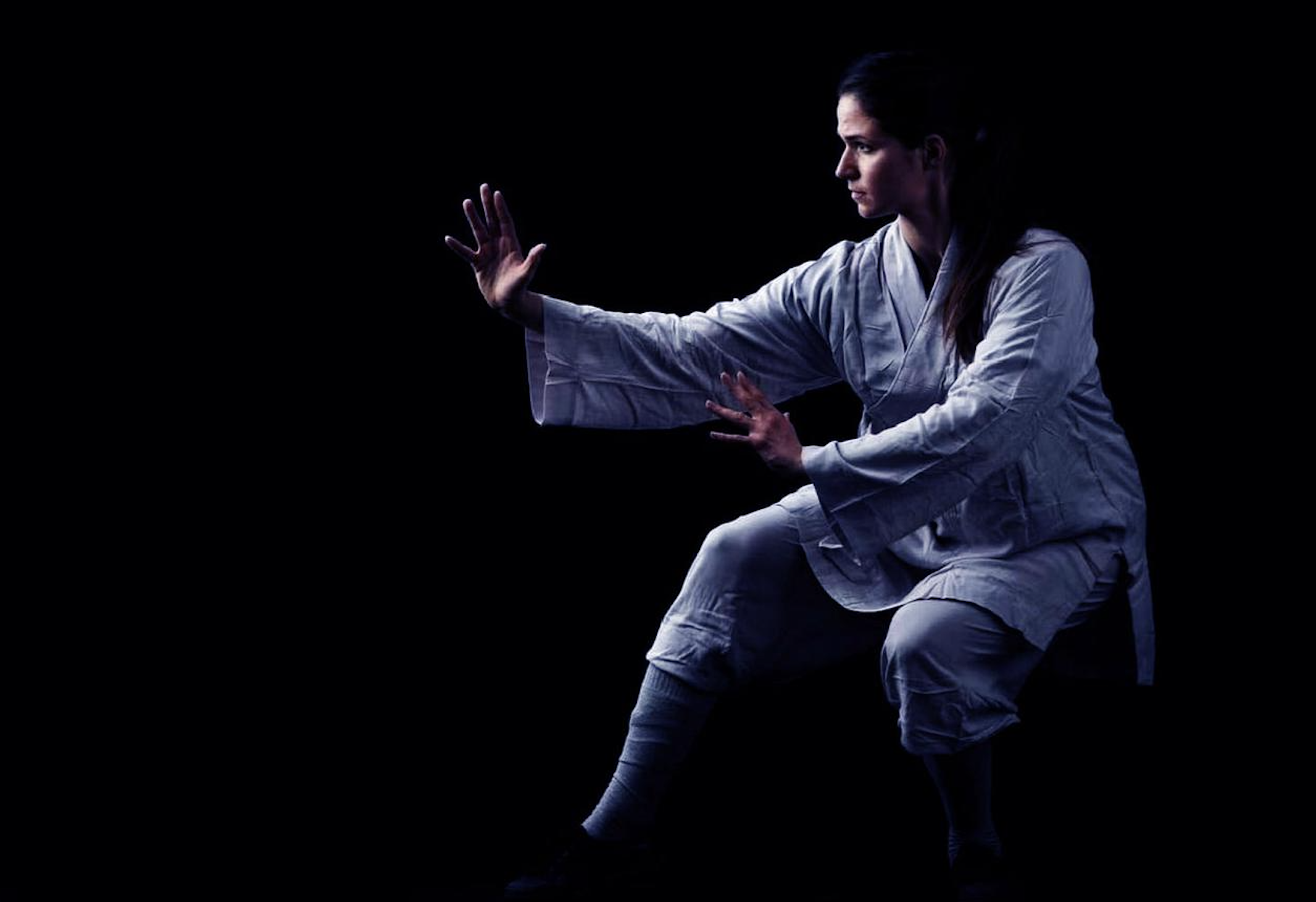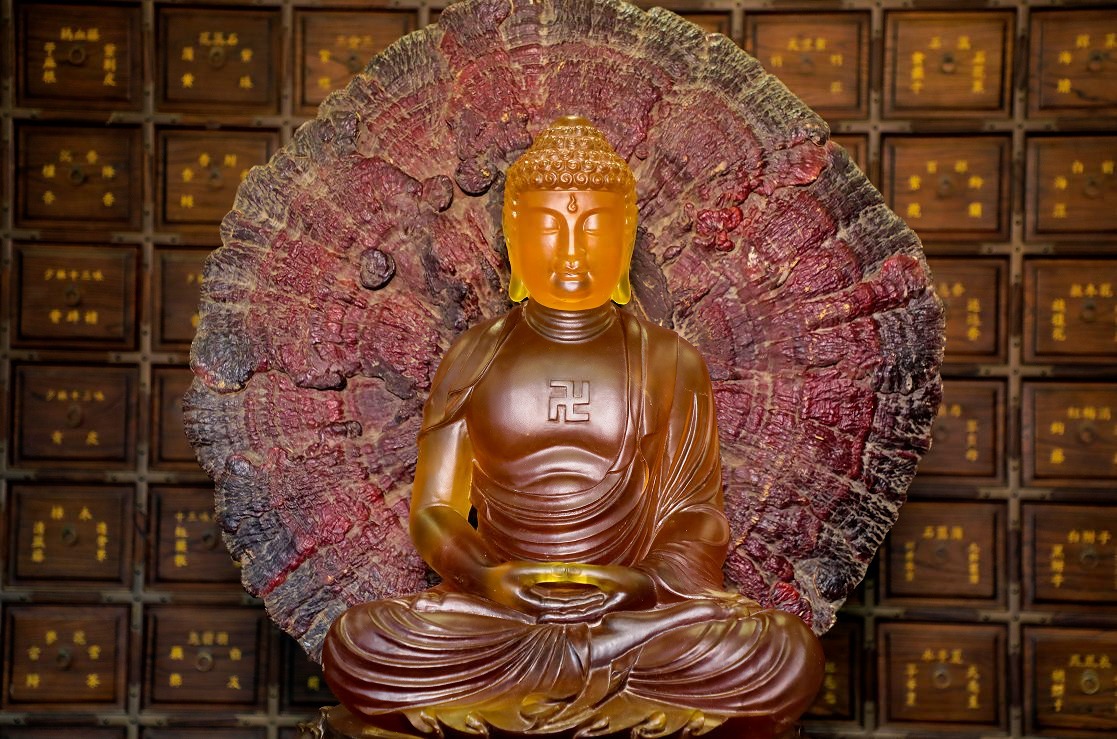“As calm as still water, everywhere can be a place for practice.”
For thousands of years, Shaolin has not only been a sacred place for martial arts but also a destination for Chan (Zen) meditation and wellness. Outside the mountain gate, the world is in constant flux; inside the gate, the temple bells ring far and wide. No matter where one travels, those seeking inner peace and physical and mental well – being can find answers here. Nowadays, many inquisitive visitors from afar wonder: Can foreigners also join Shaolin to learn or experience this ancient wisdom?
The Origin of Shaolin’s Openness to the Outside World
Shaolin has always attached great importance to inheritance, but this inheritance is not closed – off. Since the Tang Dynasty, its monks have traveled overseas to spread the Dharma, and along with it, martial arts and Chan philosophy have also been spread. In modern times, in the face of the physical and mental pressures of people and their longing for inner peace, Shaolin has gradually opened its doors wider. No matter where you come from, as long as you approach with respect and a heart eager for the Way, you can learn or have an experience here.
At Shaolin, learning is not just about martial skills. More importantly, it is about realization—realizing through breathing, through sitting in meditation, and through the cultivation of the mind and character in every punch and strike. Even beginners can feel the stability of the body and the inner peace from basic stances like the horse – riding stance and breath regulation.
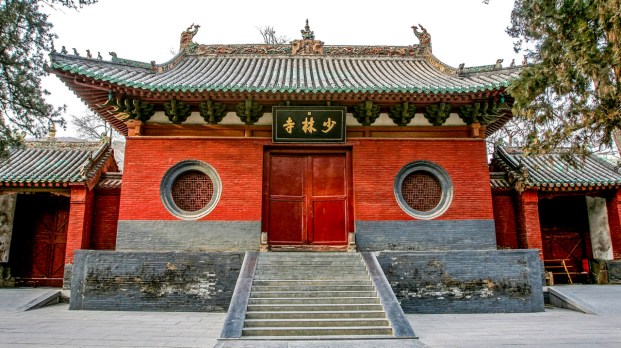
How to Participate in Shaolin’s Learning and Experience
Formal Practice and Short – term Experience
Shaolin currently offers various forms of opening up to the outside world:
Long – term Practice: It is suitable for those who truly hope to deeply explore the integration of Chan and martial arts. It requires long – term stays on the mountain, following the monastery’s daily schedule, and practicing martial arts and Buddhist teachings.
Short – term Experience: It is designed for travelers and enthusiasts. You can spend several days or weeks experiencing the morning bells and evening drums, basic skills, and meditation, and feel the rhythm of life at Shaolin.
For foreign students, a short – term experience is often the first step. Through this, you can get familiar with the environment and adjust your mindset. If you develop a sense of belonging, you can then further deepen your practice.
No matter which way you choose, please contact Shaolin Temple in advance. At least two weeks in advance is recommended so that the masters can make arrangements. Shaolin Temple is located deep in the mountains but is also in a scenic area, so there are quite a few tour groups. Please pay attention when choosing. If you want to practice in the temple, it is strongly recommended that you contact Shaolin Temple directly. You can view more information through the following link:
https://www.shaolinmart.com/pages/shaolin-journey
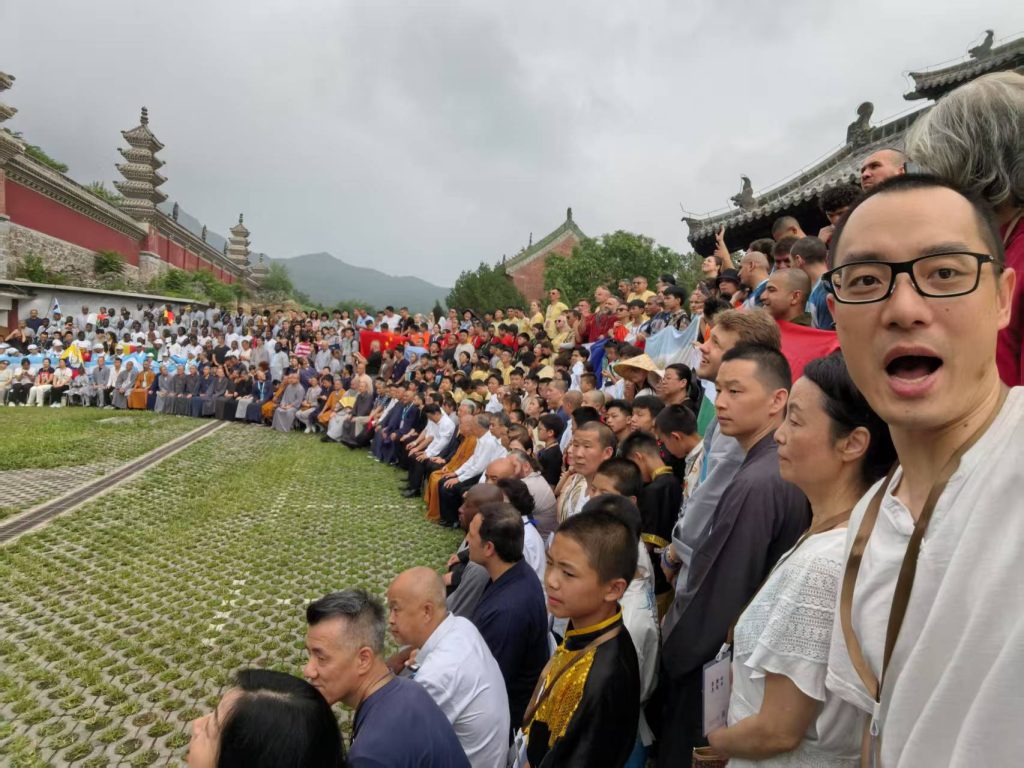
The Bridge of Language and Culture
Many foreign friends are worried about language barriers. In fact, when learning martial arts at Shaolin, actions speak louder than words; and the core of meditation is not in language but in observation and perception. Nowadays, Shaolin also provides bilingual guidance to help beginners understand basic concepts. At the same time, respecting the monastery’s precepts and rules is the first thing that students of any background need to keep in mind.
It should be noted that not everyone who comes to Shaolin Temple will have bilingual masters. The masters are usually busy with their practice, and there are relatively few who can speak other languages. Please be aware of this in advance.
The Core of Learning at Shaolin: The Unity of Body and Mind
The Integration of Martial Arts and Chan
Shaolin martial arts are not just about combat techniques. They are rooted in Chan, with martial arts as the manifestation. There is breath and state of mind in every martial arts movement. If you can follow your breath during a set of long – boxing, it is a form of practice. Shaolin martial arts emphasize “sinking the qi to the dantian,” requiring students to let go of restlessness and let strength emerge from within rather than relying solely on external force.
Daily Life as Practice
At Shaolin, practice is not only on the martial arts training ground. Activities such as sweeping the floor, fetching water, and walking are also forms of practice. Foreign students may initially feel uncomfortable with the simple life on the mountain, but once they integrate into it, they will find that their minds have never been so clear. As the ancient saying goes, “Walking is Chan, sitting is Chan; whether speaking or silent, in motion or stillness, the body remains at peace.”
Preparations and Suggestions
Mental and Physical Preparations
Respect and Humility: No matter your level of martial arts, approach new knowledge with an open mind like an empty cup.
Physical Fitness Adaptation: Depending on the course, the training intensity at Shaolin can sometimes be high. You can do some basic exercises such as running and stretching in advance (if it is just an experience, the masters will pay attention to the intensity to ensure safety. Don’t worry about this).
Mental Adjustment: The path of practice is not about quick results but about perseverance.
Item Preparations
When going to Shaolin for learning, you can prepare comfortable training clothes, shoes suitable for mountainous terrain, and basic daily necessities in advance. If you want to get in touch with Shaolin culture and related items during the trip, you can refer to the martial monk clothing, meditation supplies, and martial arts equipment provided by ShaolinMart. These are made with traditional craftsmanship in the temple. They are suitable for training and can also be used as souvenirs.
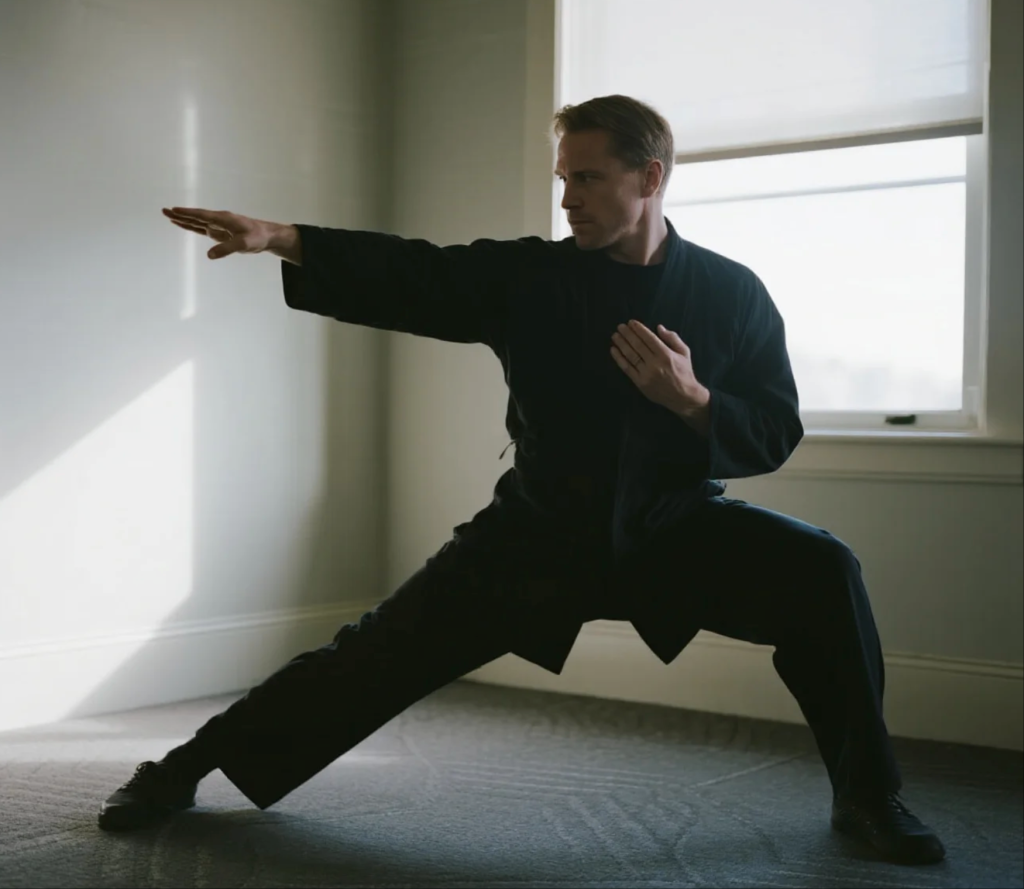
Shaolin Practice at Home
Not everyone has the opportunity to stay on the mountain for a long time. Even if you are far away, you can also feel the rhythm of Shaolin’s practice through daily basic exercises:
Standing Post: Stand with your feet shoulder – width apart, knees slightly bent, hands naturally hanging down, focus on the dantian, and practice for 10 minutes a day.
Breath Regulation: Inhale through the nose, press your tongue against the upper palate, sink the breath into your abdomen, exhale slowly, and calm your mind with your breath.
Seated Meditation: Sit quietly for a while every morning or before going to bed, observe your breath and the rise and fall of your thoughts, and gradually make your mind as calm as still water.
If you want to learn more systematically, you can use the training equipment and clothing from ShaolinMart to create a simple and solemn practice atmosphere, which helps to develop a sense of ritual for daily practice.
Conclusion
Shaolin has never rejected people because of time or space. It only fears that people’s minds are restless and thus difficult to comprehend the essence. No matter where you come from, if you truly seek the Way, the mountain gate will naturally open for you.
Going to Shaolin is not to obtain some kind of “martial skill,” but to see the real you. The mountain gate is silent, and the wind answers. May you find a peaceful heart between every punch and kick.
“The bodhi tree is not a tree, nor is the bright mirror a stand. Originally there is not a single thing, where can dust alight?”
